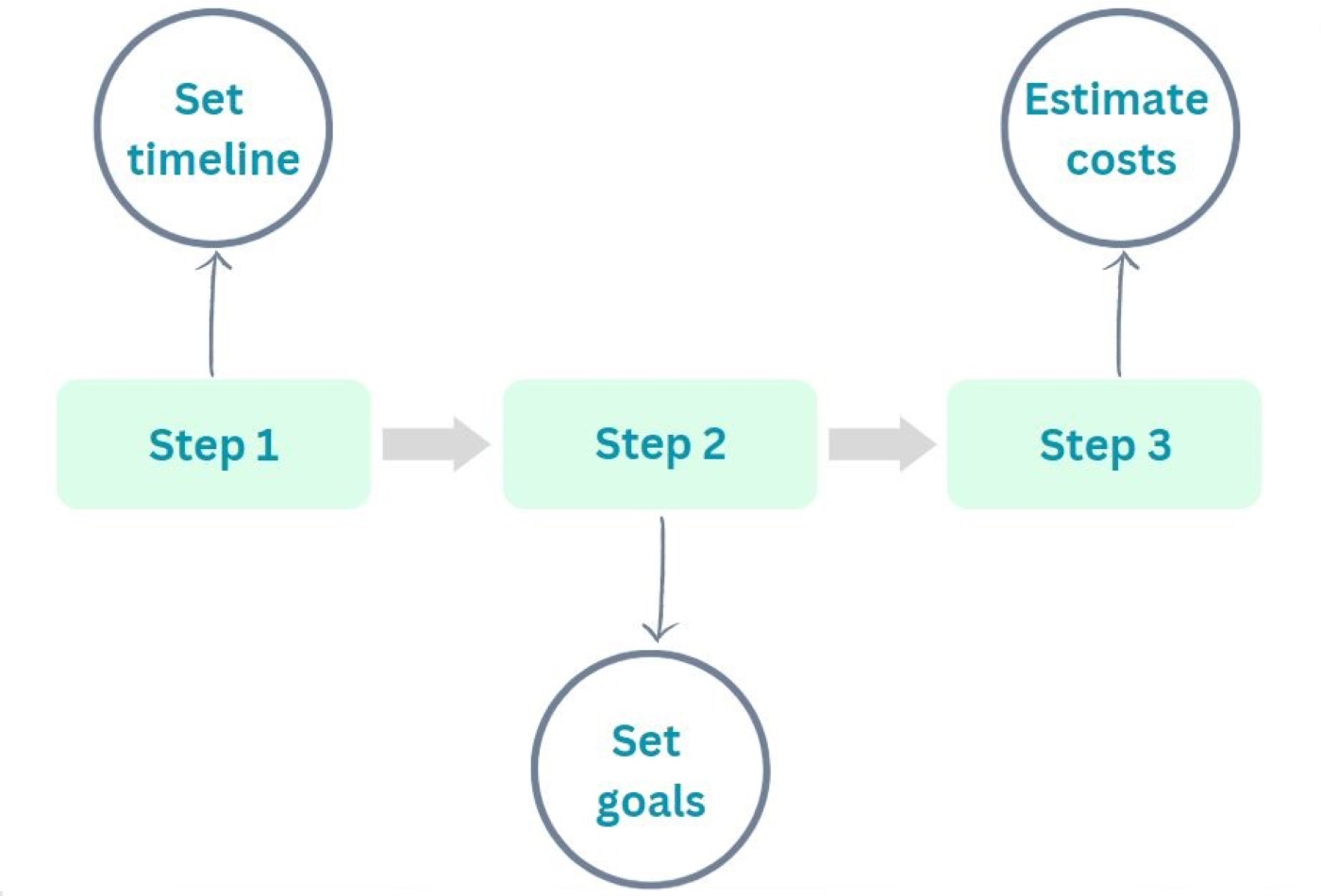Planning for Your Children's / Grandchildren's Education: Investing in Their Future
Introduction
Providing your children with a quality education is a significant financial commitment, particularly in the UK where education costs can be substantial. It is essential to plan ahead and save for their future education to ensure that they have the opportunities they deserve. In this article, we will explore strategies specifically tailored to UK residents to help you plan for education costs and save for your children’s future.
- Start Early
Beginning to save early is crucial for parents planning for their children’s education. The power of compounding returns can significantly impact the growth of your savings over time. By starting early, you can maximise the potential returns on your investments.
2. Set Clear Education Goals
Define your education goals for your children, taking into account the education system. Consider factors such as primary and secondary school education, college or university tuition fees, and living expenses. Having a clear goal will help you determine the amount you need to save and the timeframe in which to achieve it.

3. Estimate Future Education Costs
Research and estimate the future costs of education based on your goals. Consider factors such as school fees, additional expenses, and potential inflation rates. Utilise online calculators and consult with your financial adviser to accurately estimate these costs.
4. Explore Education Savings Accounts
In the UK, consider utilising tax-efficient savings options, such as Junior ISAs (Individual Savings Accounts). These accounts offer tax advantages and can help you save specifically for your children’s education expenses.
5. Develop a Savings Plan
Once you have estimated future education costs, create a savings plan tailored to your financial situation and goals. Determine how much you need to save each month or year to reach your desired education fund target. Set up automatic contributions to ensure consistent savings.
6. Take Advantage of Government Support
Investigate government programs that provide financial aid or support for education costs. Research available grants, scholarships, bursaries and student loans that your children may be eligible for in the future. Stay informed about application processes, eligibility criteria and deadlines to maximise the benefits available.

7. Involve Your Children in the Process
Teach your children about the value of education and the importance of saving. Encourage them to contribute to their education funds through part-time jobs, scholarships, or savings from their own endeavours. This instils a sense of financial responsibility and fosters a sense of ownership and can inspire them to actively participate in planning their educational journey.
8. Regularly Review and Adjust Your Plan
Regularly review your savings plan and make adjustments as needed. Monitor your progress towards your education savings goal and adapt your strategy based on changes in your financial circumstances, education costs, or investment performance.
Conclusion
Planning for your children’s education is an investment in their future. By starting early, setting clear goals, estimating future costs, and developing a savings plan, you can take significant steps towards funding their education. Explore education savings accounts and leverage government support programs and involve your children in the process. Regularly review and adjust your plan as needed and seek professional advice when necessary. With strategic planning and consistent savings, you can provide your children with the educational opportunities they deserve.



